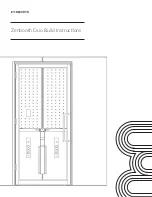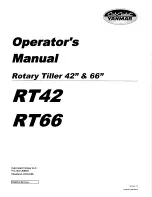
1
Introduction
Which MS Detector Technique—ESI or APCI—Is Better for Analyzing My Samples?
Thermo Electron Corporation
LTQ XL Getting Started
5
You can vary the flow rate from the LC into the MS detector over a range
from 1
μ
L/min to 1000
μ
L/min. See
Table 3
. (In ESI, the buffer and the
buffer strength both have a noticeable effect on sensitivity. Therefore, it is
important to choose these variables correctly.) In the case of higher
molecular mass proteins or peptides, the resulting mass spectrum consists
typically of a series of peaks corresponding to a distribution of multiply
charged analyte ions.
The ESI process is affected by droplet size, surface charge, liquid surface
tension, solvent volatility, and ion solvation strength. Large droplets with
high surface tension, low volatility, strong ion solvation, low surface charge,
and high conductivity prevent good electrospray.
Mixed organic/aqueous solvent systems that include organic solvents such as
methanol, acetonitrile, and isopropyl alcohol are superior to water alone for
ESI. Volatile acids and bases are good, but salts above 10 mM are not
recommended. Strong mineral acids and bases are extremely detrimental to
the instrument.
The rules for a good electrospray are as follows:
• Keep non-volatile salts and buffers out of the solvent system. For
example, avoid the use of salts containing sodium or potassium and
avoid the use of phosphates. If necessary, use ammonium salts instead.
• Use organic/aqueous solvent systems and volatile acids and bases.
• If possible, optimize the pH of the solvent system for your analyte of
interest. For example, if your analyte of interest contains a primary or
secondary amine, your mobile phase should be slightly acidic
(pH 2 to 5). The acid pH tends to keep positive ions in solution.
Using APCI/MS
Like ESI, APCI is a soft ionization technique. APCI provides molecular
mass information for compounds of medium polarity that have some
volatility. APCI is typically used to analyze small molecules with molecular
masses up to about 2000 Da.
APCI is a gas phase ionization technique. Therefore, the gas phase acidities
and basicities of the analyte and solvent vapor play an important role in the
APCI process.
APCI is a very robust ionization technique. It is not affected by minor
changes in most variables such as changes in buffer or buffer strength. The
rate of solvent flowing from the LC into the MS detector in APCI mode is
typically high (between 0.2 and 2 mL/min). See
Table 3
.
















































